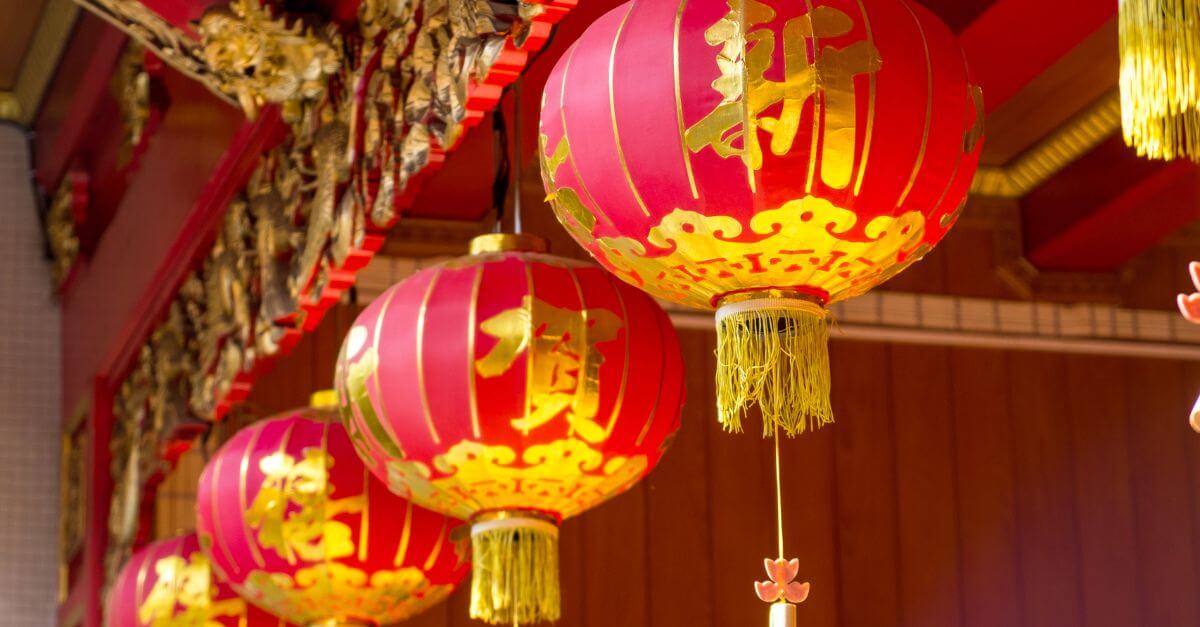Lunar New Year, also known as Chinese New Year or Spring Festival, is one of the most significant traditional holidays in many East Asian cultures. With a history spanning over 3,000 years, this celebration marks the beginning of the new year on the traditional lunar calendar, which is based on the cycles of the moon.
Unlike the Gregorian New Year, which falls on January 1st, the date of the Lunar New Year shifts annually. In 2025, it will begin on January 29th, ushering in the Year of the Snake. The festival lasts for fifteen days, from the first new moon of the year to the first full moon.
The holiday represents renewal, reflection, and the transition into a new cycle. Let’s explore the rich traditions and symbolism behind this special occasion.
Traditions and Customs
Lunar New Year is celebrated with a variety of customs, each carrying deep cultural significance. While traditions may vary by region and family, several core practices are widely observed. Many customs are designed to clear away negativity from the past year and invite good fortune for the future.
Here are a few common traditions people participate in when preparing for and celebrating Lunar New Year.
House Cleaning
Before the new year arrives, homes are thoroughly cleaned to sweep away bad luck and make space for good fortune. However, it’s inadvisable to clean on the first day of the new year, as it is believed to wash away newly acquired good luck. It’s also not good to take out the trash on this day, as you may accidentally take some good luck out with it.
Decorations
Red is the dominant color in Lunar New Year decorations, symbolizing energy, prosperity, and happiness. Legends also say that the monster Nian, who terrorized China on New Year’s Eve, feared the color red, and it drove him away and ushered in the calm and good fortune of the new year. Homes and public spaces are adorned with red lanterns, poetic couplets (Chunlian), and intricate paper cuttings (Jianzhi), all conveying good wishes for the year ahead.
Traditional Foods
Food plays a central role in Lunar New Year celebrations, with many dishes carrying symbolic meanings. As a few examples, dumplings represent wealth, fish symbolizes abundance, and sticky rice cakes (nian gao) signify progress. Ingredients such as ginger and garlic, known for their purifying properties, are commonly used in holiday dishes to further bring good energy, health, and prosperity into the new year.
Gift-Giving
Red envelopes (hong bao) filled with money are traditionally given to children and younger family members, as well as to the elderly, as symbols of prosperity. The amount is often chosen carefully, with lucky numbers like 8 believed to bring extra fortune.
Lion and Dragon Dances
Lion and dragon dances are performed to ward off evil spirits and usher in good luck. Like the red decorations, these stem from the ancient legend about scaring off the monster Nian. Accompanied by loud drums and cymbals, these dances bring a vibrant energy to community celebrations and parades. The bright and colorful lion and dragon costumes are worn by several people at a time to truly make the animals larger than life. Dragon dances can be performed by up to 100 people in one costume!
2025: Year of the Wood Snake
Every Lunar New Year is associated with a different animal from the Chinese zodiac. This year, we’ll be ushering in the Year of the Snake and leaving behind the Year of the Dragon. The snake, the 6th animal in the 12-year cycle, is associated with growth, wisdom, and intuition.
The snake holds deep cultural significance, symbolizing wisdom, transformation, and intuition. Those born in a Snake year are thought to be intelligent, strategic, and resourceful. The snake is also linked to healing and renewal, much like how it sheds its skin for growth and change. This may, as a result, be a year of evolution and transformation for many.
In addition to its zodiac sign, each year is paired with one of the five elements—wood, fire, earth, metal, or water. 2025 is a Wood Snake year, adding qualities of resilience, flexibility, and creativity to its influence. The wood element, which represents growth and renewal, also further amplifies the transformative qualities of the snake. Those born under this sign may possess strong intuition, adaptability, and a deep sense of purpose.
How to Welcome the New Year
So how will you welcome the Year of the Snake? To start the year off right, you can pair your celebrations with practices that will set the stage for a healthy, calm, and successful year.
Drink herbal teas and avoid excess caffeine. You can also consider eating lucky foods such as dumplings, spring rolls, and citrus fruits. Not only are they delicious, but they may usher in good fortune.
Do your best to stay active. Engage in some light exercise between celebrations. Brisk walks, as well as relaxing exercises like tai chi and yoga, are fantastic for centering the mind and rejuvenating the body for the new year.
Set intentions and goals for the year. This is a time full of positive energy and good luck. Creating goals for yourself, such as health goals, is a great way to put yourself on the right track as soon as the lunar year begins.
Happy Lunar New Year!
As we step into the Year of the Wood Snake, take time to reflect, celebrate, and welcome new opportunities. This has the potential to be a transformative year. How do you plan to mark the occasion?
At KPC Herbs, we are committed to supporting your health and well-being throughout the year with the highest-quality TCM herbal formulas. If your goals include wellness and balance, explore our catalog today. Wishing you prosperity, good health, and joy in the year ahead!
*Please note: These statements have not been evaluated by the FDA. This article is not intended to suggest specific treatments for patients or that any supplements mentioned prevent or cure diseases or problems. Before taking any herbs, all patients should discuss their options with a licensed practitioner, including any other medications the patient is currently taking, as there may be contraindications between pharmaceuticals and herbs.

